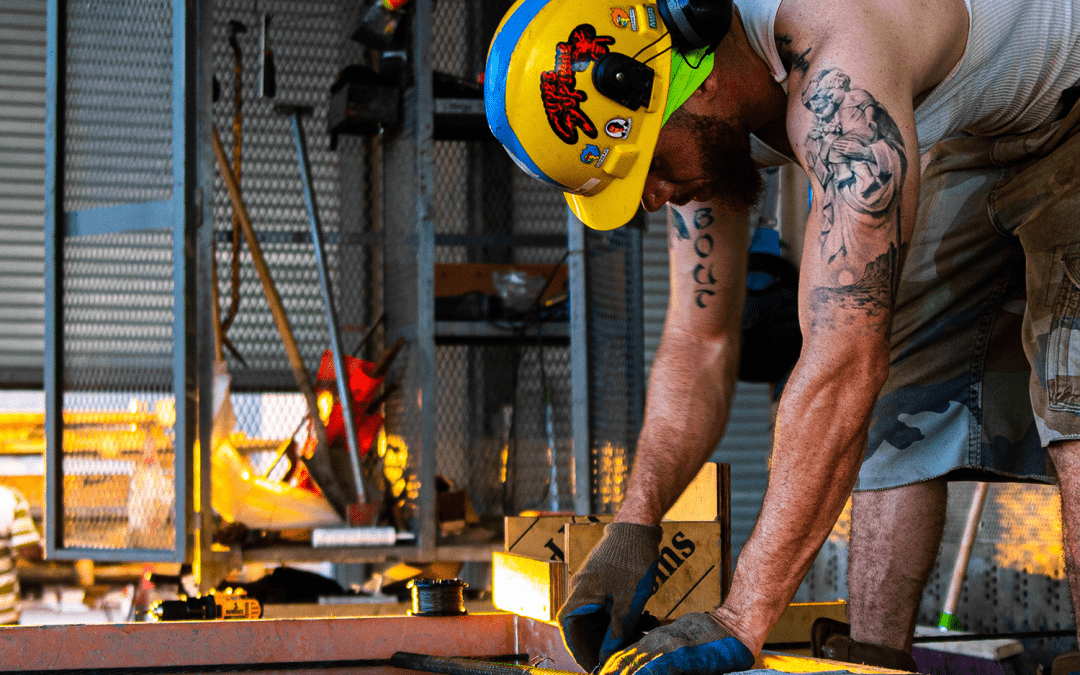Downloading this demo confirms your agreement to FINFROCK's Terms of Use, Copyright Policy and Privacy Policy linked in the footer of this website.
What is the Central Florida construction industry shaping up to look like in 2021?
The US engineering, architecture and construction industries began 2020 on a positive note—and then just when things were accelerating quickly, COVID-19 hit. Despite the challenges that have occurred across the $1.3 trillion construction industry, there are reasons to be optimistic for the near future.
The road to economic recovery in the United States began in May, resulting in job creation and spikes in activity such as home sales, residential building permits and manufacturing. The Associated Builders and Contractor’s Backlog indicator —a leading indicator that reflects projects under contract yet to be executed—rebounded to 7.7 months in October, an increase of 0.2 months from September 2020’s reading, and reported that construction had added 689,000 jobs by September after a loss of 1.1 million in March and April. This demonstrates how construction’s essential status has helped the overall economy, while the industry is gradually regaining momentum. Most economists expect a significant rebound in economic activity in 2021, especially after winter’s end. That will set the stage for an eventual recovery in commercial construction spending (ABC).
The Central Florida Run-Down
Due to low interest rates, and due to the fact that many residents of the northeast US have decided that now is the time to make the permanent move to Florida, the single family home construction market has accelerated to levels not seen since before the Global Financial Crisis of 2007-2008. The supply of homes cannot keep up with the current demand. This economic movement hopefully indicates for the multifamily market as well, and for Florida in the long term, as population growth – along with tourism – continues to be a major driver of economic activity in the state. As the largest single market sector in Orlando, residential construction will see significant growth to pre-pandemic levels in a few short years, but healthcare industry construction will be the safest from present-day decline. According to the AIA Consensus Construction Forecast Panel — a compiled aggregated data set consisting of leading economic forecasters — healthcare spending is projected to increase by two percent this year and another three percent in 2021. From a new focus on automation to the need for more space, 2021 is sure to produce several new trends when it comes to building hospitals, urgent care centers, healthcare parking and other facilities.
On the other side of the coin, the Central Florida market is poised to potentially suffer more than other Florida markets due to the extreme contraction in tourism. Both hotels and theme parks alike continue to operate at reduced capacities. Based on other tourism predictions for the region, park activity levels may not reach 2019 performance levels until 2023. Given the influence these entertainment notables have on the Orlando economy, we will need to see the parks back to some semblance of normal before we expect to be running at full steam in Central Florida, and likely all of Florida as well.
Looking Ahead
As the country continues to deal with the economic and health crises caused by the COVID-19 pandemic, forecasters are cautiously optimistic for the future but warn that meaningful growth is still several months away. The economy is expected to ramp up in the second half of 2021, but an additional stimulus package, as well as the distribution of vaccine that is widely available by mid-2021 are two factors that are still not set in stone. As the adaptation phase of the pandemic gives way to a new normal, many construction companies will likely be refining their project management strategies and trying to build ever more flexibility into their models. This may be a positive for construction as developers are looking for more ways to maximize their investment with new opportunities and the use of adaptable structural building solutions.
The good news is that there are reasons to be hopeful for the future of the A/E/C industry. Connected technologies and an increase in associated investments may help firms realize new operational efficiencies. During the crisis, construction industry leaders have had to walk a fine line between emphasizing the pandemic’s negative impacts in hopes of garnering more government relief for the sector, while also showcasing construction’s positive track record with the proactive intent of warding off any new government shutdown orders that could lie ahead.
FINFROCK’s Optimism
Having learned valuable lessons from the previous recessions, going into this pandemic, FINFROCK has been operating under the principle of planning for the worst, and working to make the best happen. Most of the projects that were previously placed on hold have ultimately resurfaced, and we are scheduling the manufacturing components for jobs well into 2021. In addition, FINFROCK is in the process of chasing many new opportunities we can materialize to make 2021 a declared a road-to-recovery type year.
Prior to the pandemic, FINFROCK’s biggest challenge has been effectively managing our growth in a tight labor market. Post-pandemic, effectively managing growth continues to be a challenge but with a different view. FINFROCK continues to think about our long-term future and must balance short-term challenges with long-term goals. The biggest lesson learned from this, and the last economic downturn, is the importance of recruiting and retaining good people –the better people we retain, the faster the good times seem to return.

Lake House Orlando, a new multi-family residential project rests in Ivanhoe Village with views of downtown Orlando. The 252-unit, 9-floor luxury apartments opened for resident leasing in late October 2020.

